In creating photomicrographs, one of the things that I have encountered over and over again is eyes and not just in organisms, but also very often in slides of crystallized chemicals. In this article/gallery I’ll share some of both with you in a quite random and sometimes fanciful fashion.
Let’s start with a couple of images which are the result of mixing 2 biological stains Safranin O and Methylene blue with polarization, of course.


A third example from the same mixture might be the cyclopoid eye of a hostile alien–with those looks, how could it be anything but hostile?

Next, we have an eye removed from a fossilized dragon. Notice its tripartite structure; it could also rotate on the central axis, thus allowing it to process billions of images per second. A measly broadsword was no match for such a creature. Composition: A combination of Magnesium chloride and Alkaseltzer.

Here we have a scanning satellite from the Andromedean galaxy that is located in the hyperborean aspect of our planet and visible only when the Aurora Borealis is inactive. Composition: A mixture of Bromoseltzer and Magnesium chloride.
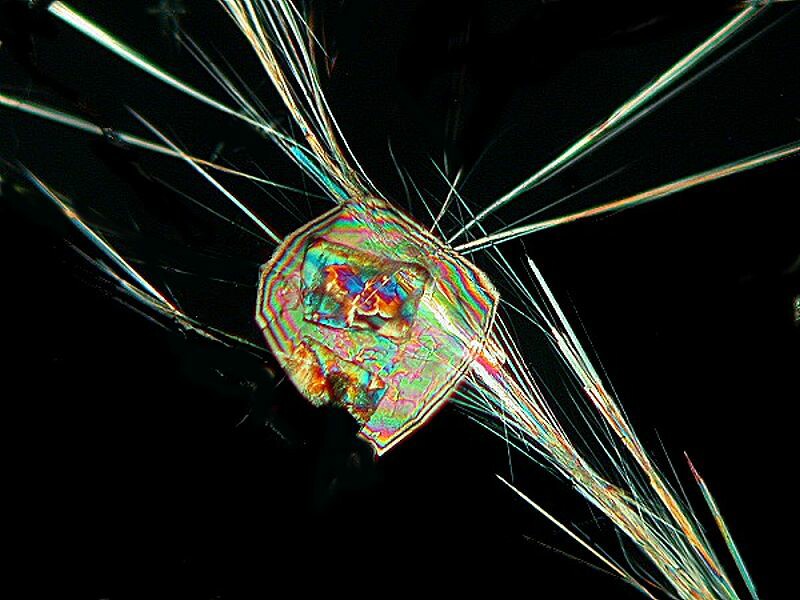
Next, we have what looks like the head of a bizarre cladoceran with a distinctive eye rather like that of Daphnia. Composition: A mixture of Ascorbic acid and Kanka, a liquid anti-fungal topical medication.
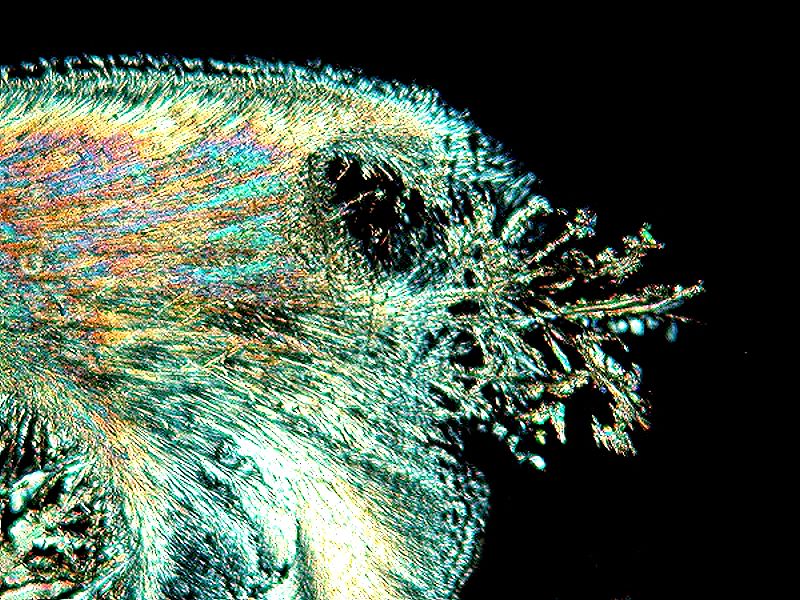
A chemical that often produces “eyes” is Ascorbic acid (Vitamin C) and in a variety of forms, but several of them are distinctive enough to be readily identifiable is Ascorbic acid.
This next image is a fanciful Cheshire cat resulting from a mixture of Ascorbic acid and the biological stain, Neutral Red.
When experimenting with producing crystals for observation, various biological stains added to other chemicals often produce fascinating and unpredictable results.

The eyes look rather like a tiny heart-like form surrounded by a frame and on a rod giving it, in this case, the appearance of a lorgnette. The “framed eye” is fairly common in Ascorbic preparations.
Now, we might think of some 3-eyed creature with the eye on the right staring directly at us.
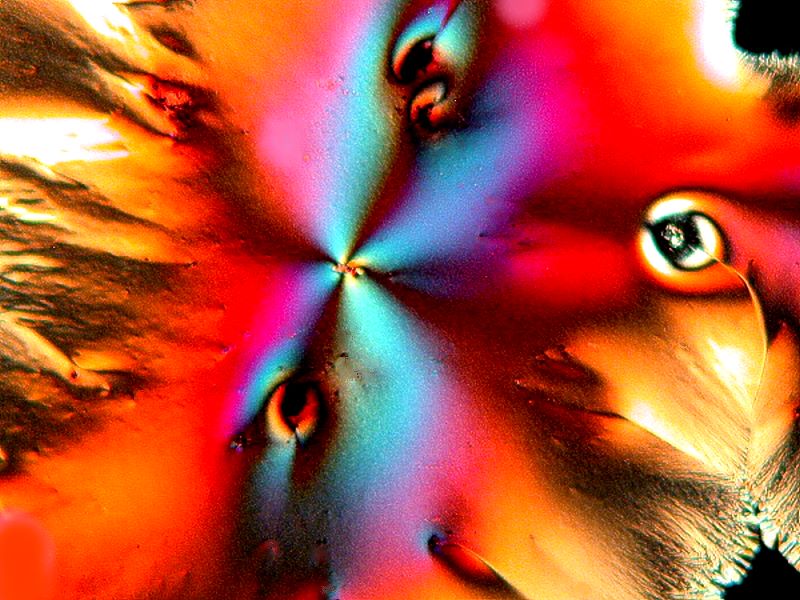
Multiple eyes are not at all uncommon in such preparations and here is one with 5 eyes.
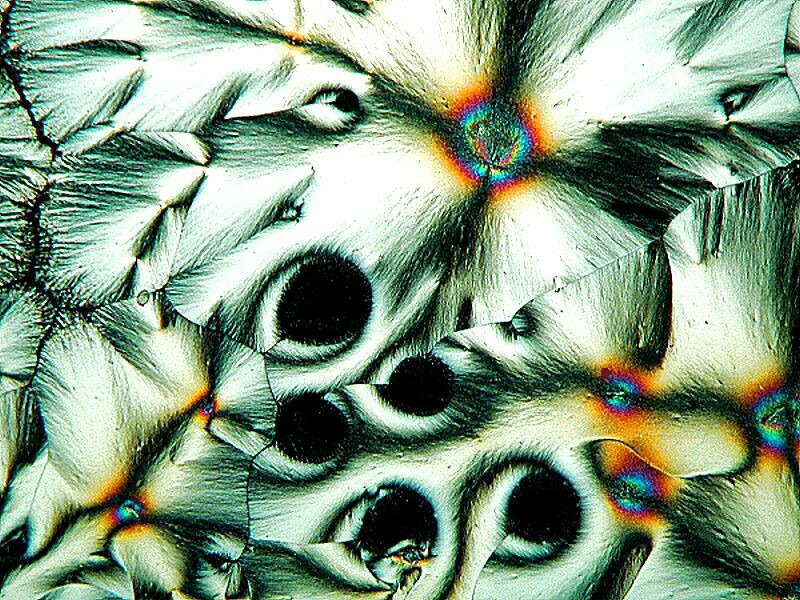
Sometimes one gets incredibly lucky and ends up producing an image that looks like an animal. We saw the Cheshire cat, but let me show you 4 even more convincing images.
First off, we have a Hobby Horse, and quite a colorful one at that, but with a slightly malevolent eye. In fact, he looks rather in a bad mood as though he might bite. Composition: Ascorbic acid and Methylene blue.
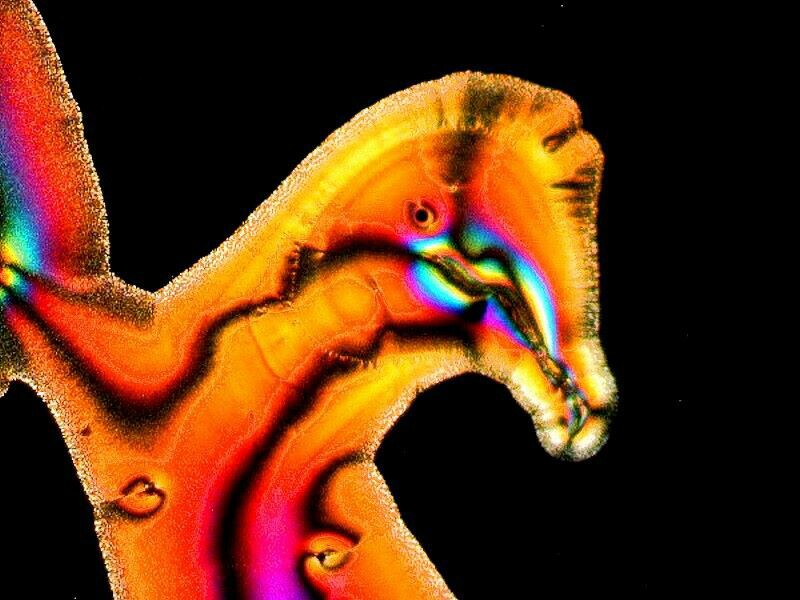
Then an animal with a disputed identity. I think it’s a dog; my wife things it’s a goat. For the sake of marital bliss, it is, of course a goat. Composition: Ascorbic acid and Methylene blue.
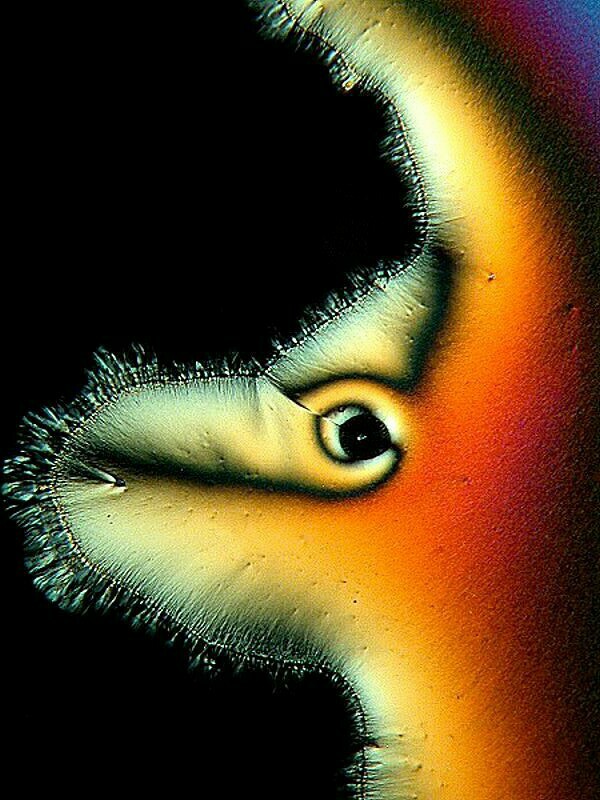
This next one, however, is indisputable; a ferocious primitive fish, perhaps a relative of a coelacanth. Composition: The toothache medicine Anbesol and Water Glass (sodium silicate), once used as an egg preservative.

Now we come to what is most emphatically a dog; a terrier, my wife says. Composition: Ascorbic acid and Methylene blue.

Back to the abstract: this one would make a good Halloween mask. Composition: Ascorbic acid and Methylene blue.
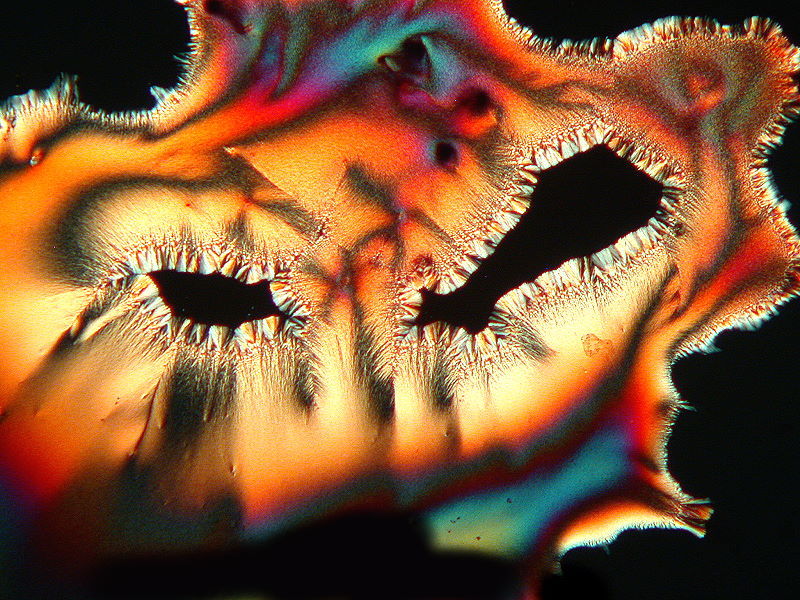
Here is a very watchful eye; one almost expects it to blink. If it did that it would be most disconcerting, for it is a section of a human scalp.
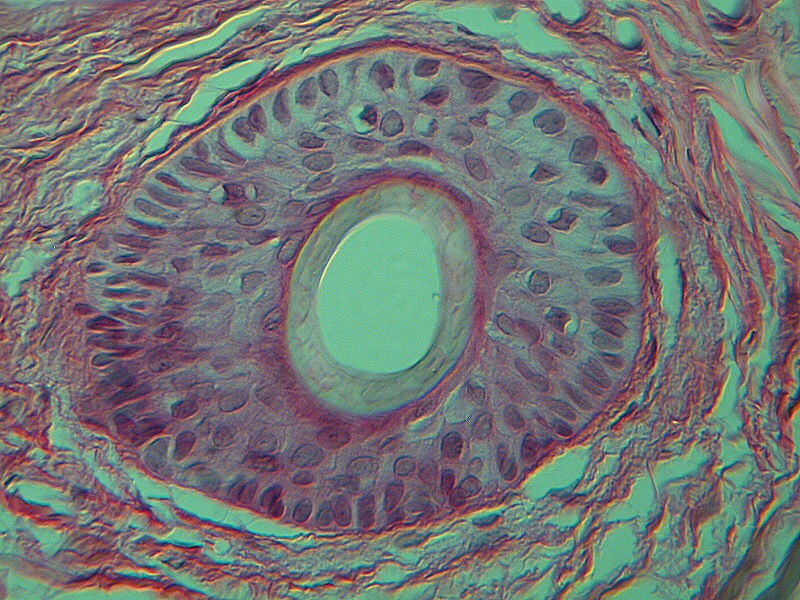
In terms of visual appearance, one might say that one can find “eyes” even in plants. For fans of Hannibal Lecter, here are some “eyes” (stomata) from a section of a leaf from Vincia-Fava, the fava bean plant: I’ll show you 2 views.
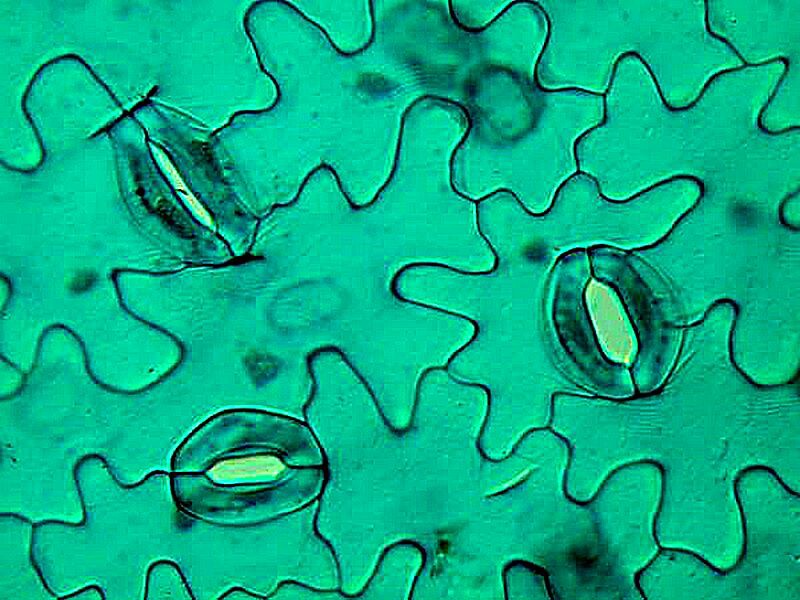
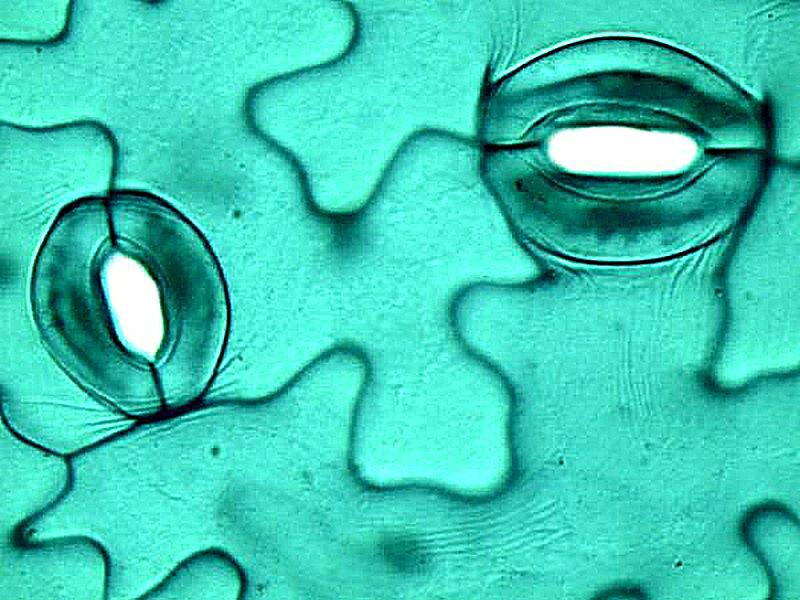
If one is diligent, one can even see“eyes” in algae. Admittedly, this is a rather special case. It is an image of the alga sometimes known as “water silk” conjugating. It is also known as Spirogyra.
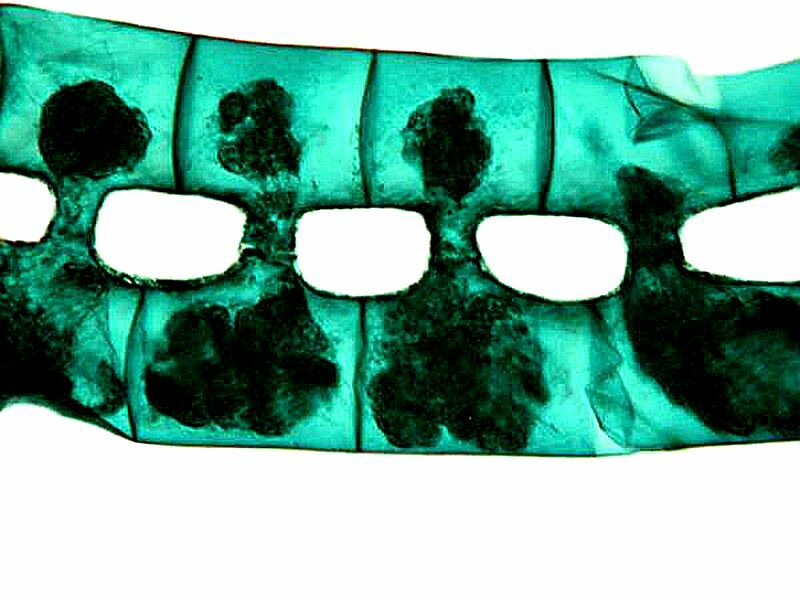
Let’s take a few more looks at Ascorbic “eyes”. We can begin on the cosmic level with the “Eye of God”. Note again the “frame around the “eye”. This is a mixture of Ascorbic acid and the biological stain Janus Green B.
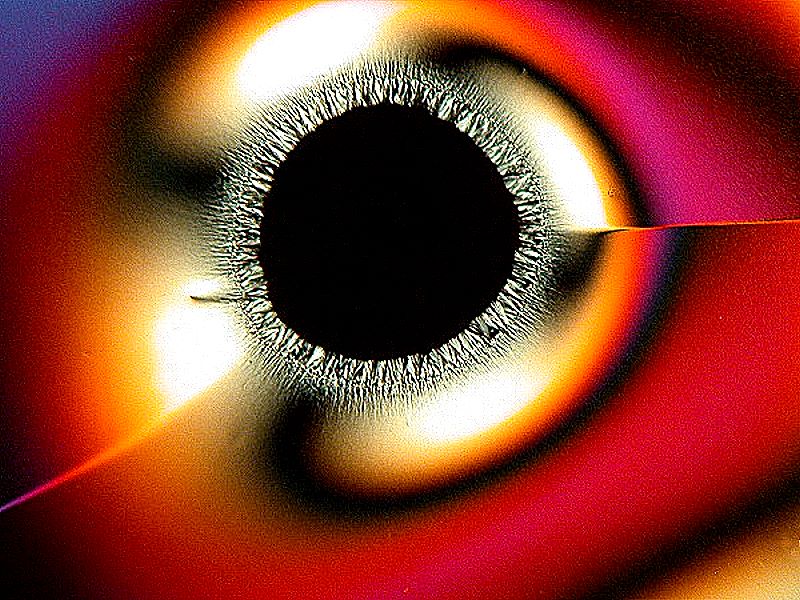
This next one could also be regarded as cosmic, but looks rather sad and lonely. It is a mixture of Ascorbic, Elmer’s Gel Glue, and Alkaseltzer. Or perhaps, it simply has indigestion.
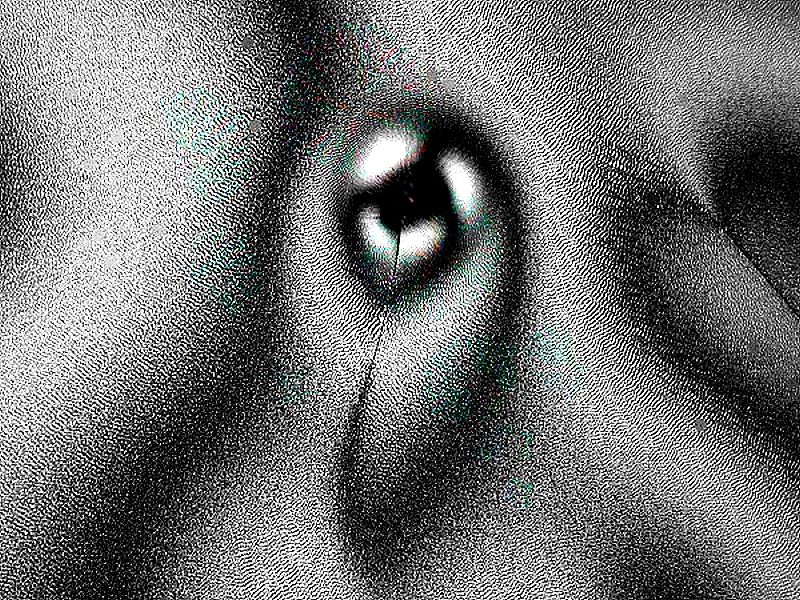
Here is a similar “eye” on the door of an ancient vault. It is a mixture of Ascorbic and Elmer’s Gel Glue superimposed on the image of a quartz crystal.
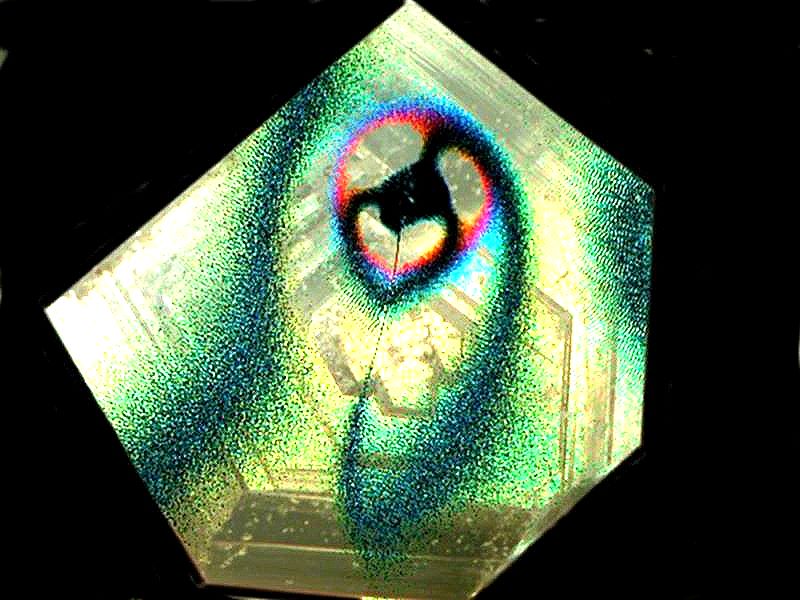
Then, we have the eye of an exotic bird with a rather formidable beak. A mixture of Acetaminophen and Gentian Violet.
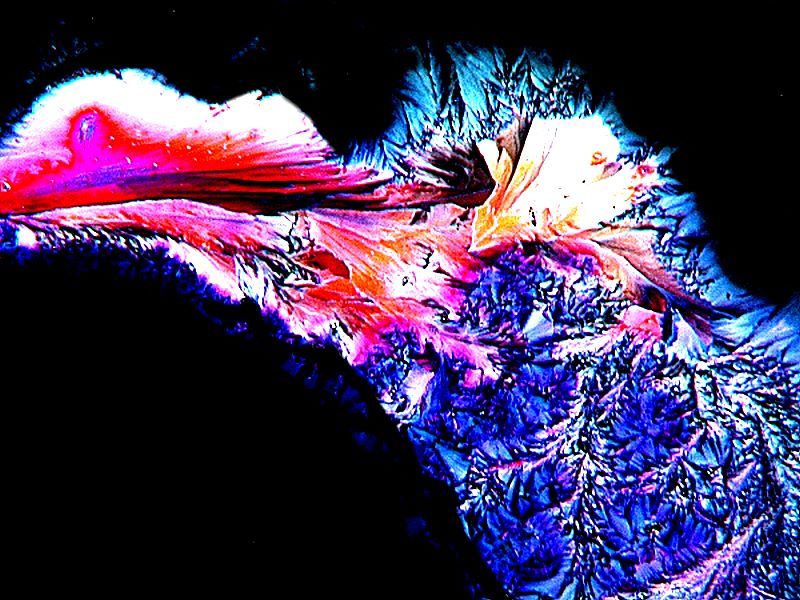
Sometimes eyes are disconcerting because we have the feeling that they are looking through our surface and deep into our being. The image below gives me a sense of that. It is bubbles produced from a jar of fluid in a child’s bubble blowing kit.

Perhaps, by this time, you are longing to see a real eye. Well, here one, but it’s very tiny and it’s red. It belongs to a caprellid shrimp.
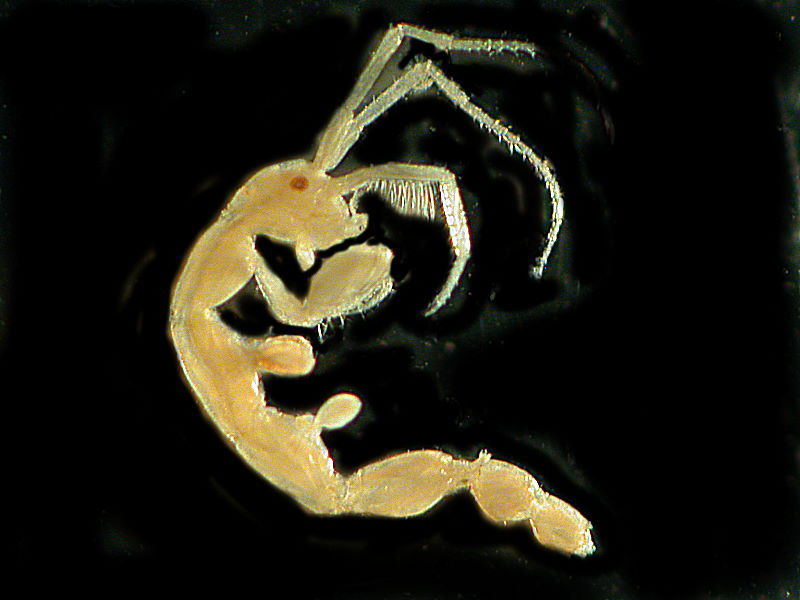
Admittedly, there are quite a number of red eyes in nature and I don’t mean just from humans rubbing theirs due to a hangover. Although, I should qualify that and say that some of these are “eye spots” rather than eyes. There are even protists that have red photosensitive pigments, Euglena, for example. Cyclops and other copepods have more complex red eye spots. Daphnia has black photoreceptors, so nature is endlessly inventive.
Here’s another set of red eyes, this time on a “crawler” from a scale insect which attacked and destroyed a lovely little miniature palm plant which I had in the dining room window.
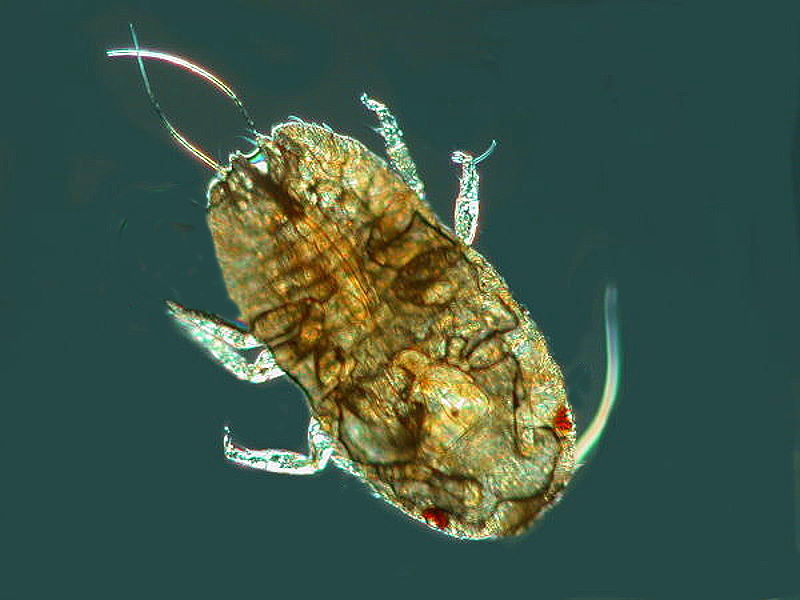
Next, 2 more examples of black eyes, but not ones that are the result of fisticuffs. The first are of 2 mites.
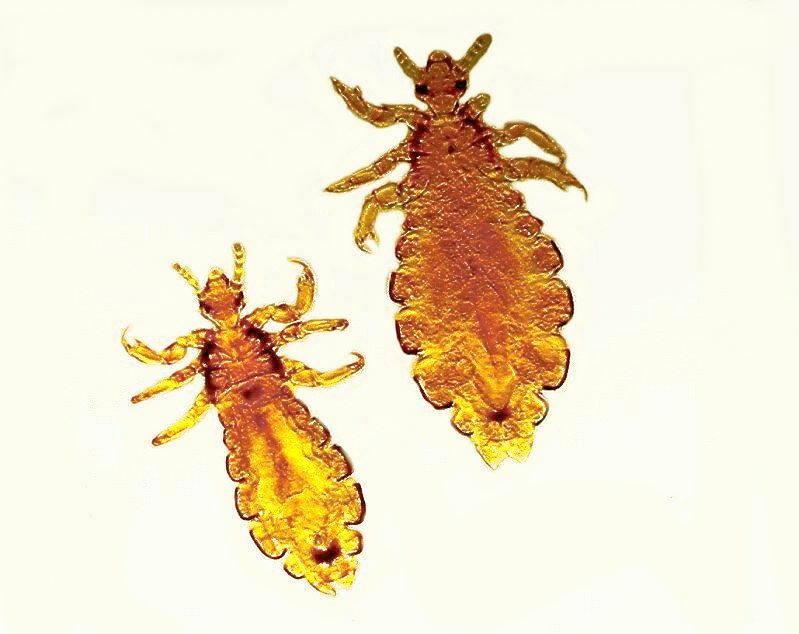
This second one shows the head a four-eyed beastie which is a larval stage of a polychaete worm.
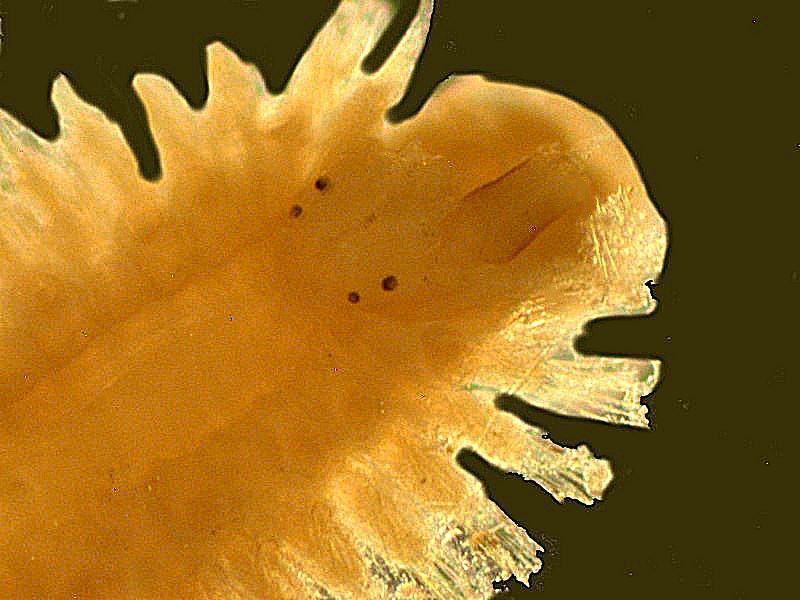
And, finally, green eyes–perhaps the eyes of envy. However, these are not eyes at all, except as a deceit to discourage potential predators. These are markings on the back of a Peruvian beetle and they create a strong sense of a primitive mask.
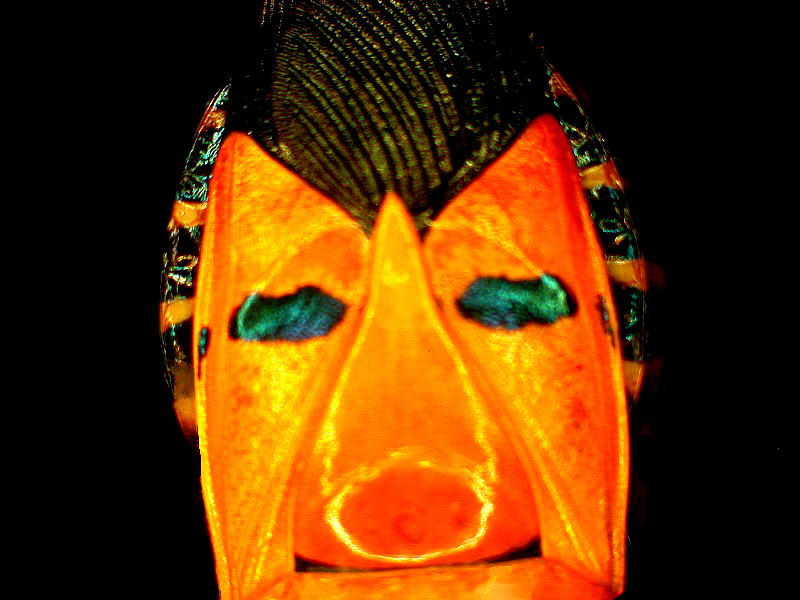
Well, if you derive nothing else from this micro-tour, I hope it will teach you to keep your eyes open.
All comments to the author Richard Howey are welcomed.
Editor's note: Visit Richard Howey's new website at http://rhowey.googlepages.com/home where he plans to share aspects of his wide interests.
Microscopy UK Front
Page
Micscape
Magazine
Article
Library
© Microscopy UK or their contributors.
Published in the July 2020 edition of Micscape Magazine.
Please report any Web problems or offer general comments to the Micscape Editor .
Micscape is the on-line monthly magazine of the Microscopy UK website at Microscopy-UK .
©
Onview.net Ltd, Microscopy-UK, and all contributors 1995
onwards. All rights reserved.
Main site is at
www.microscopy-uk.org.uk .